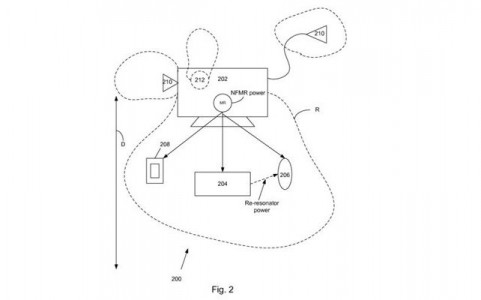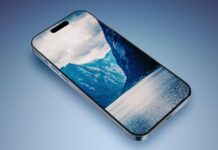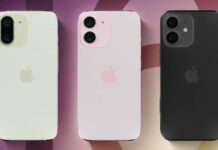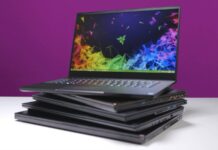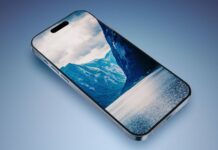The WWDC fever is starting to die down, so we're back to the day-to-day stuff. Today I have one for you invention patent filed by Apple describing a wireless charging method for our iDevices. Starting with iOS 5, Apple will introduce a method of wireless synchronization of our terminals with both iTunes and iCloud, so the next step would be charging the devices wirelessly. Apple's patent describes a method that would involve introducing a NFMR (near-field magnetic resolution) power source into iMacs that would then wirelessly charge our iDevices or even compatible keyboards or mice.
The system, described in a patent application "Wireless power utilization in a local computing environment" is based on the mid range wireless power transfer physics described in this paper (.pdf). It makes use of wireless near field magnetic resonance (NFMR) power transmission to power devices up to 1 meter away. Apple's NFMR power supply will be integrated into desktop iMac or Macbook Pro and will create a 1 m zone in front of it, where computer peripherals like mouse and keyboard, or smaller devices like iPods, iPhones and iPads can be wirelessly charged. Peripherals, of course, will have to be equipped with special coupling antennas able to receive the power.
Our iDevices or iMac peripherals must be equipped with a special device that has an antenna through which energy is supplied to the device's battery, so it will not be something as simple as the HP/Palm Touchstone. The good part is that Apple's technology can also be used on old iMacs to which only a USB device must be connected that takes the energy from the iMac and transfers it to the other iDevices and peripherals. The worst part? The patent tells us that the technology allows devices to be charged only if they are at a maximum of 1 meter away from the iMac, so you have to leave the device near the iMac anyway to charge it, so wireless charging becomes somewhat useless.
In the end, it is possible to wait a few years until Apple implements something like this in iDevices, but it is very good to know that they are working on technologies like this.


